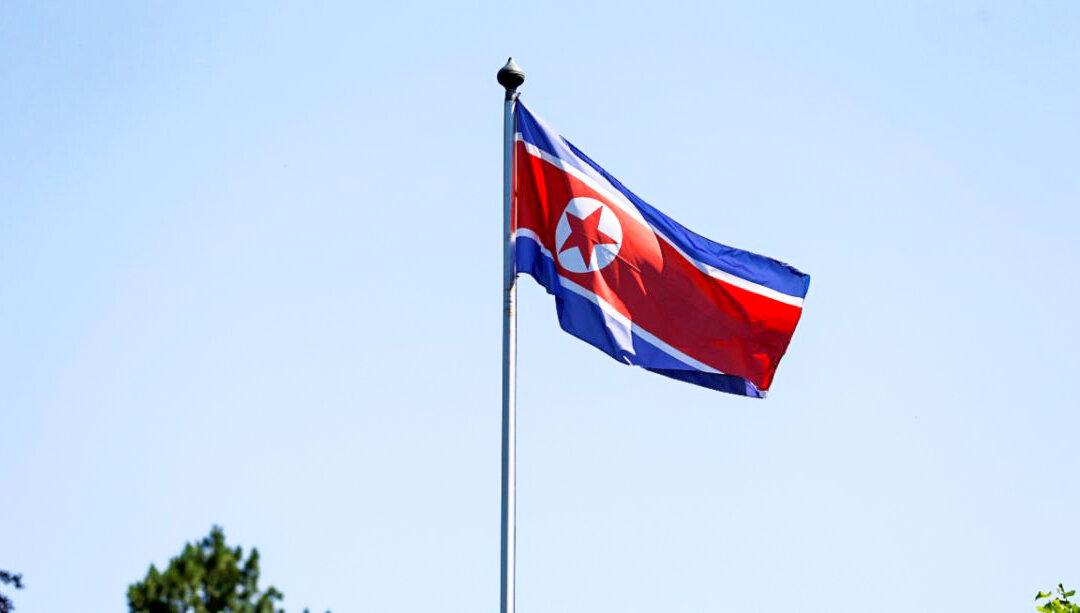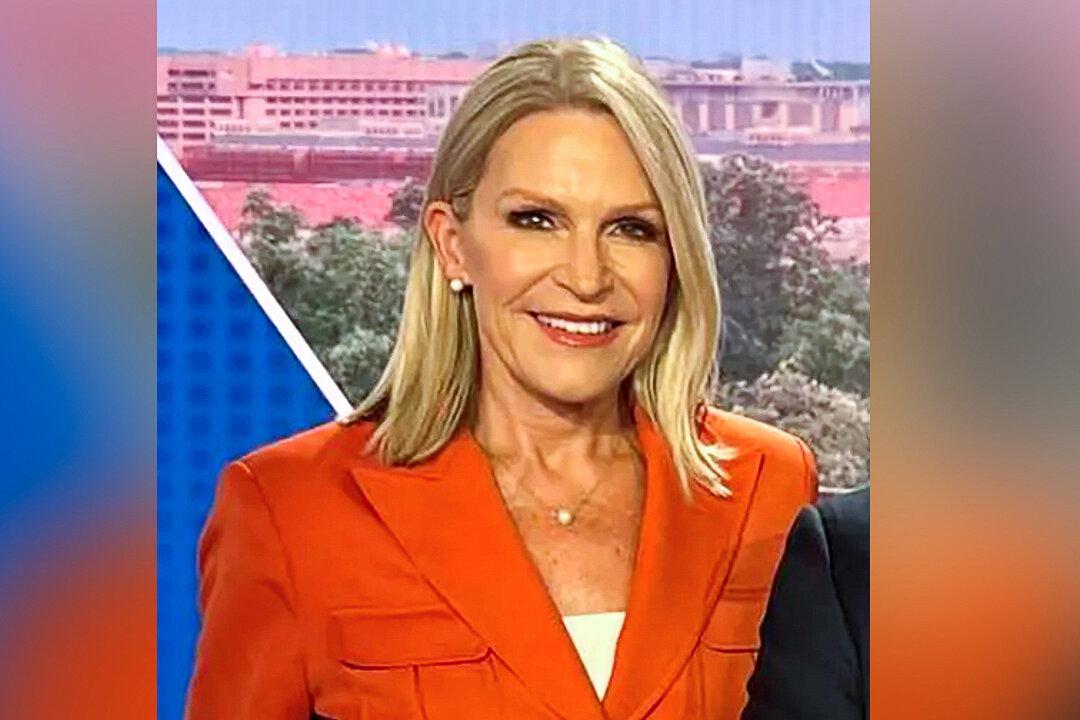North Korea has launched three ballistic missiles off its east coast on Wednesday local time, according to South Korea’s military, marking the first weapons fire in about two weeks and the 17th round this year. One of the missiles is believed to be an intercontinental ballistic missile (ICBM).
According to South Korea’s Joint Chiefs of Staff (JCS), the three ballistic missiles were launched in the space of less than an hour between 6 a.m. and 7 a.m. from the Sunan area of Pyongyang, the North Korean capital.




